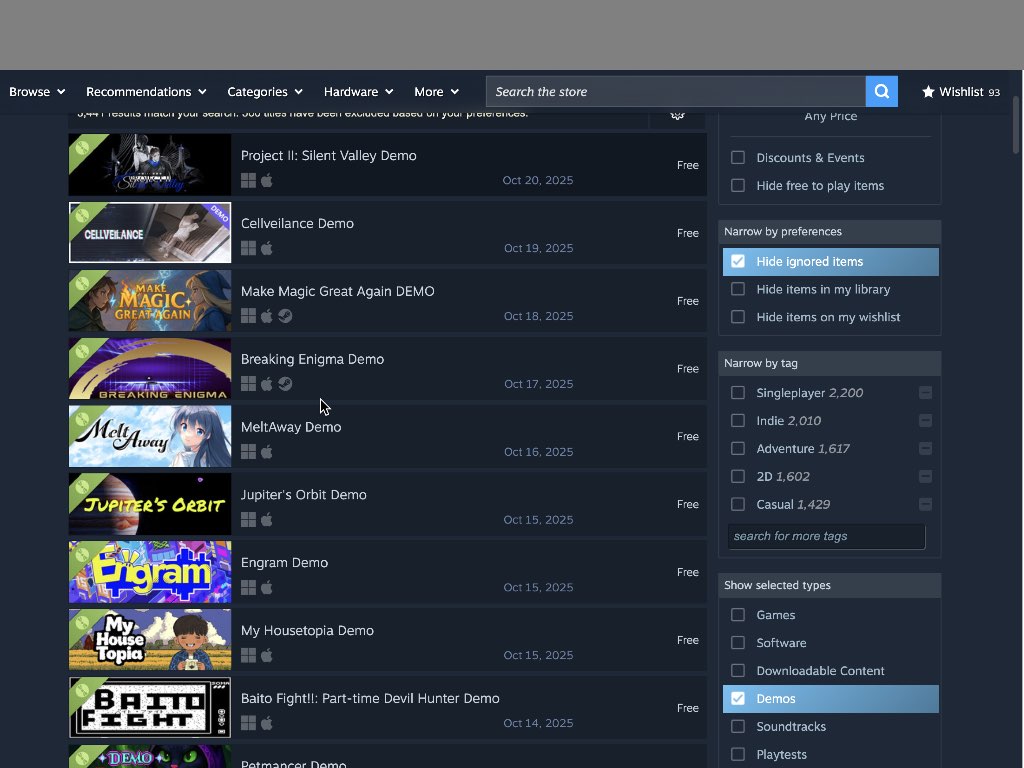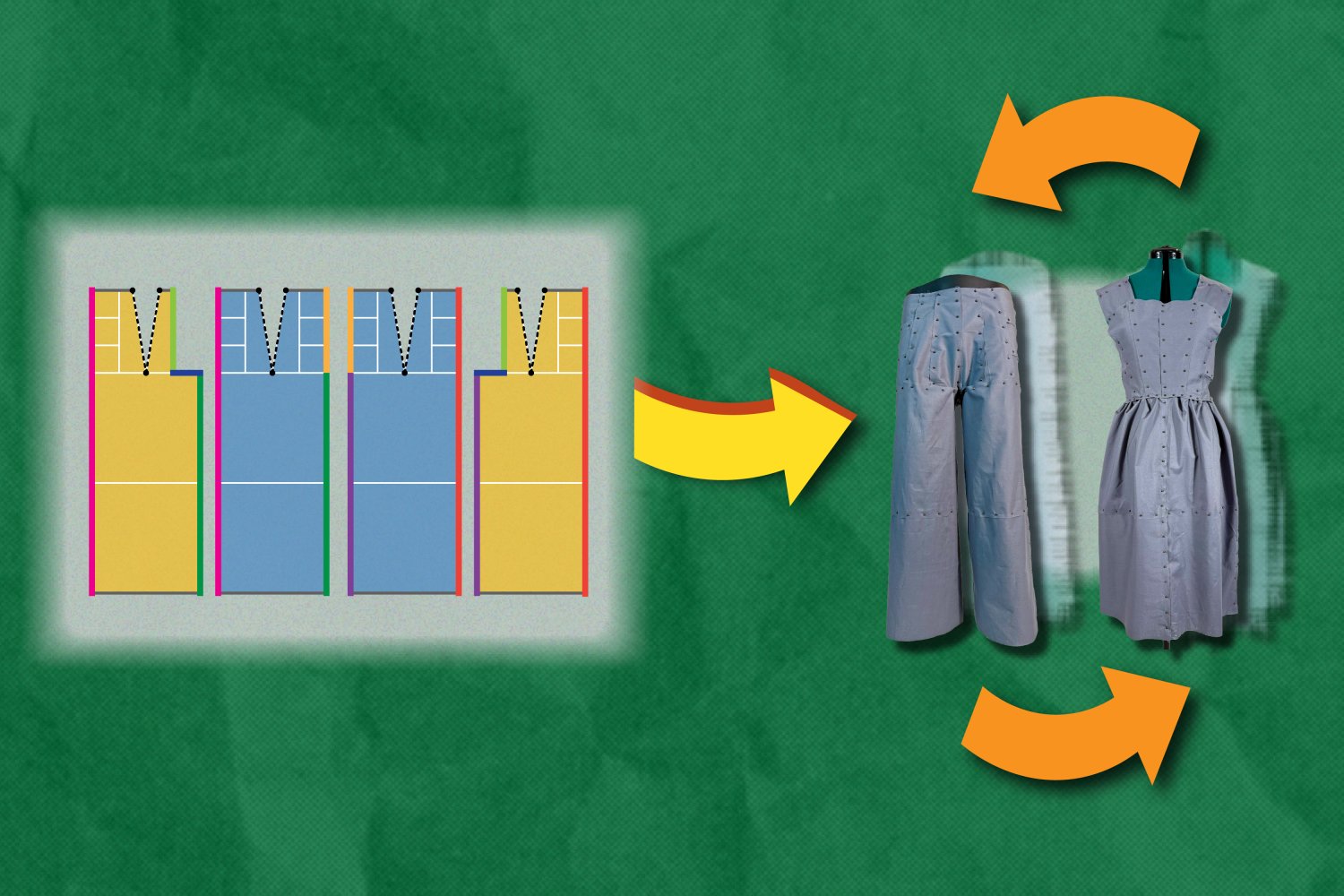Introduction to a Serious Issue
A teenager is taking a stand against the creators of an app that allows users to generate fake nude images. The app, called ClothOff, has been used to create and distribute non-consensual pornography, which is explicitly forbidden by many social media platforms, including Telegram.
The Teen’s Story
The teenager, who is suing the makers of ClothOff, had fake nude images of herself created and shared by a high school boy. She has said that the experience has left her feeling "mortified and emotionally distraught" and that she has experienced lasting consequences. The boy who created the images has not faced any charges, and the teenager is now seeking justice through the courts.
The Lawsuit
The teenager’s lawsuit is targeting ClothOff and its affiliated sites, with her lawyers hoping to get the app and its sites blocked in the US. The lawsuit claims that ClothOff has failed to remove the harmful images, and that the teenager has no idea how many people may have seen them or shared them online. The teenager is seeking default judgment, which could lead to the app and its sites being blocked.
The Broader Issue
The teenager’s lawsuit is part of a wider attempt to crack down on AI-generated non-consensual pornography and child sexual abuse material (CSAM). Many states have criminalized the creation and distribution of fake nudes, and there are laws in place that require platforms to remove such content within 48 hours of it being reported. San Francisco City Attorney David Chiu has also filed litigation against ClothOff and other apps that allow users to "nudify" photos of mostly women and young girls.
The Impact on Victims
The creation and distribution of non-consensual pornography can have a devastating impact on victims. The teenager in this case has said that she will have to spend the rest of her life monitoring for the resurfacing of the images, and that she lives in fear of them being seen by friends, family members, or future employers. The emotional distress and sense of hopelessness that victims experience can be overwhelming, and it is essential that we take action to prevent such abuse.
Conclusion
The issue of non-consensual pornography and CSAM is a serious one that requires immediate attention. The teenager’s lawsuit against ClothOff is an important step in the fight against such abuse, and it highlights the need for greater action to be taken to prevent the creation and distribution of fake nudes. We must work together to create a safer and more supportive environment for victims, and to hold those responsible for such abuse accountable.
FAQs
- What is non-consensual pornography? Non-consensual pornography refers to the creation and distribution of sexual images or videos without the consent of the person depicted.
- What is CSAM? CSAM stands for child sexual abuse material, which refers to any content that depicts the sexual abuse or exploitation of children.
- Is it illegal to create and distribute fake nudes? Yes, many states have criminalized the creation and distribution of fake nudes, and there are laws in place that require platforms to remove such content within 48 hours of it being reported.
- What can I do if I am a victim of non-consensual pornography? If you are a victim of non-consensual pornography, you can report the content to the platform where it is hosted, and seek support from a trusted friend, family member, or mental health professional.
- How can I help prevent non-consensual pornography? You can help prevent non-consensual pornography by being mindful of the images and videos you share online, and by reporting any suspicious or abusive content to the relevant authorities.











